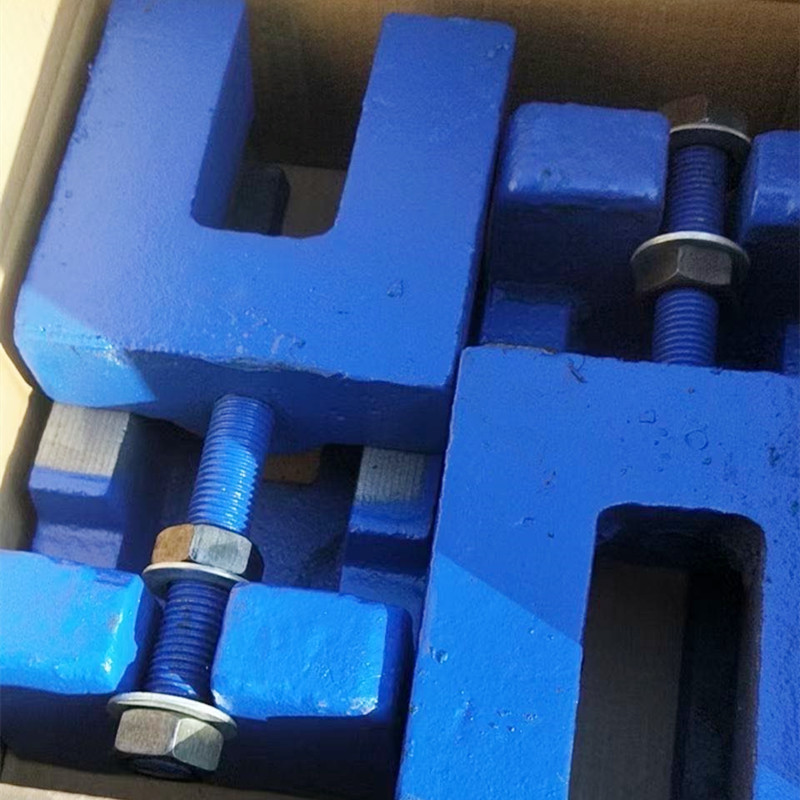జన . 01, 2025 00:11 Back to list
Understanding the Functionality and Applications of Linear Guide Rail Bearings
Understanding Linear Guide Rail Bearings A Comprehensive Overview
Linear guide rail bearings are a critical component in various industries, providing a reliable method for linear motion. They are widely used in machinery, robotics, and automation systems, enabling smooth and precise movement. This article will delve into the significance, working principle, types, applications, and maintenance of linear guide rail bearings.
What are Linear Guide Rail Bearings?
Linear guide rail bearings are specialized bearing systems that facilitate the linear movement of an object along a predetermined path. They consist of a rail and a carriage, where the rail serves as a track, and the carriage, equipped with rollers or balls, rides along it. This design minimizes friction and enhances the load capacity, ensuring smooth motion even under heavy loads.
Working Principle
The working principle of linear guide rail bearings is based on the concept of reducing friction between moving parts. The smooth surface of the guide rail, combined with the rolling elements in the bearing, significantly diminishes resistance. When a load is applied to the carriage, the rollers or balls distribute this load evenly along the rail, promoting durability and extended service life.
The basic components of a linear guide rail system include
1. Rail The fixed component that provides a level surface for the carriage to move along. 2. Carriage The movable component that houses the rolling elements and is mounted on the rail. 3. Rolling Elements These can be balls or rollers that reduce friction between the rail and the carriage. 4. End Caps These prevent the rolling elements from falling out of the carriage, ensuring safe operation.
Types of Linear Guide Rail Bearings
There are several types of linear guide rail bearings, each designed for specific applications and load conditions
1. Ball Type Linear Guides These use spherical balls as rolling elements. They are versatile and widely used in various applications due to their excellent load capacity and low friction characteristics.
2. Roller Type Linear Guides These employ cylindrical rollers, which provide higher load-bearing capacity compared to ball-type guides. They are ideal for heavy-duty applications.
3. Profile Rail Guides These offer a high level of rigidity and stability. They are commonly used in CNC machines and precision machinery where accuracy is paramount.
linear guide rail bearing

4. Magnetic Linear Guides These utilize magnetic levitation for motion control. They are known for their smooth operation and are often used in high-speed applications.
Applications
The versatility of linear guide rail bearings makes them suitable for a wide range of applications
- Manufacturing Used in CNC machines, assembly lines, and automation equipment to enable precise movements. - Robotics Essential in robotic arms to allow for accurate and repeatable tasks in manufacturing and service industries. - Medical Devices Employed in medical equipment where high precision and reliability are critical. - Aerospace Used in testing equipment and assembly lines for aircraft manufacturing.
Maintenance and Care
To ensure the longevity and performance of linear guide rail bearings, regular maintenance is essential. Here are some tips
1. Lubrication Proper lubrication reduces friction and wear. Regularly check and replenish the lubricant as needed based on usage and manufacturer recommendations.
2. Cleaning Keep the guide rails and bearings clean to prevent contamination from dust and debris, which can lead to wear and operational issues.
3. Alignment Ensure that the rail and carriage are properly aligned to avoid unnecessary wear and improve the accuracy of motion.
4. Inspection Periodically inspect the bearings for signs of wear or damage. Early detection of issues can prevent significant damage and costly downtime.
Conclusion
Linear guide rail bearings are indispensable in today’s industrial landscape, facilitating reliable and precise linear motion across various applications. By understanding their working principles, types, applications, and maintenance needs, users can enhance the performance and lifespan of these critical components. Investing in high-quality linear guide rail bearings and adhering to proper maintenance protocols will ultimately result in improved operational efficiency and productivity in any industrial setting.
-
Why Metric Trapezoidal Thread is Ideal for Precision Motion ControlNewsAug.05,2025
-
The Unique Properties of a Block of Granite for Industrial UseNewsAug.05,2025
-
The Role of Flanged Y Strainers in Preventing Pipeline ClogsNewsAug.05,2025
-
The Importance of Regular Calibration for Master Ring GagesNewsAug.05,2025
-
How a Cast Iron Surface Table Enhances Accuracy in ManufacturingNewsAug.05,2025
-
Comparing Different Check Valve Types for Optimal Flow ControlNewsAug.05,2025
Related PRODUCTS









